- Cost-effective solutions for assemblies
- Solving your fastening problems
- Torque curve analysis for assembly
- Clamping force in plastic assemblies
- Magnesium assemblies fastening solutions
- Screw technology catalogues
Hydrogen Embrittlement
Unexpected failures of screws cause damage to the final product and high costs. There are many reasons that can cause a broken screw, and hydrogen embrittlement could be one of them.
Hydrogen embrittlement (HE) is the permanent loss of ductility in a metal or alloy caused by the occlusion of hydrogen atoms in the structure. This, in combination with a load or tensile stress, can lead to brittle fracture after a certain period of time (delayed fracture).
The delayed failure can occur a few hours or a couple of days after installation, with no visible signs. It does not happen immediately after installation or months later.
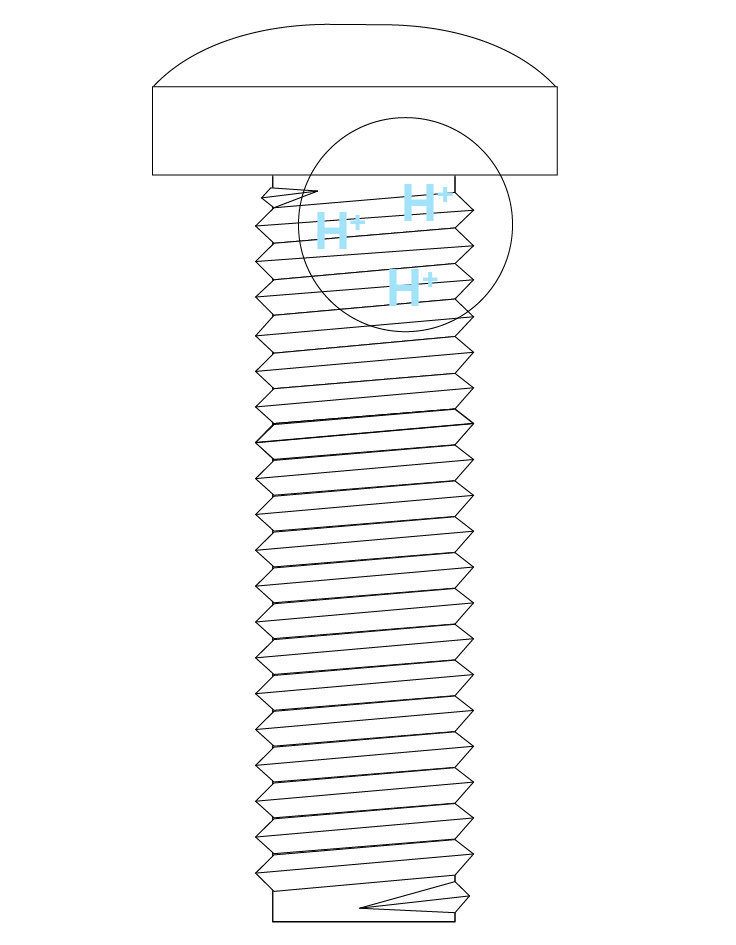
Hydrogen embrittlement is classified into two main types based on the source of the hydrogen: internal hydrogen embrittlement (IHE) and environmental hydrogen embrittlement (EHE). Internal hydrogen embrittlement is caused by residual hydrogen absorbed during steelmaking and/or from processing steps such as acid cleaning and the electroplating process.
Environmental hydrogen embrittlement is caused by hydrogen introduced into the metal from external sources while it is under stress, such as in-service fasteners.
1. Why does hydrogen embrittlement failure happen?
2. How does the hydrogen embrittlement process happen?
3. How to minimize the risk of internal hydrogen embrittlement of a screw?
4. How CELO can help to prevent hydrogen embrittlement in your assemblies
5. TEST for detection hydrogen embrittlement
Why does hydrogen embrittlement failure happen?
To cause hydrogen embrittlement failure, three elemental conditions must be present concurrently. These conditions are appropriately illustrated in the Venn diagram:
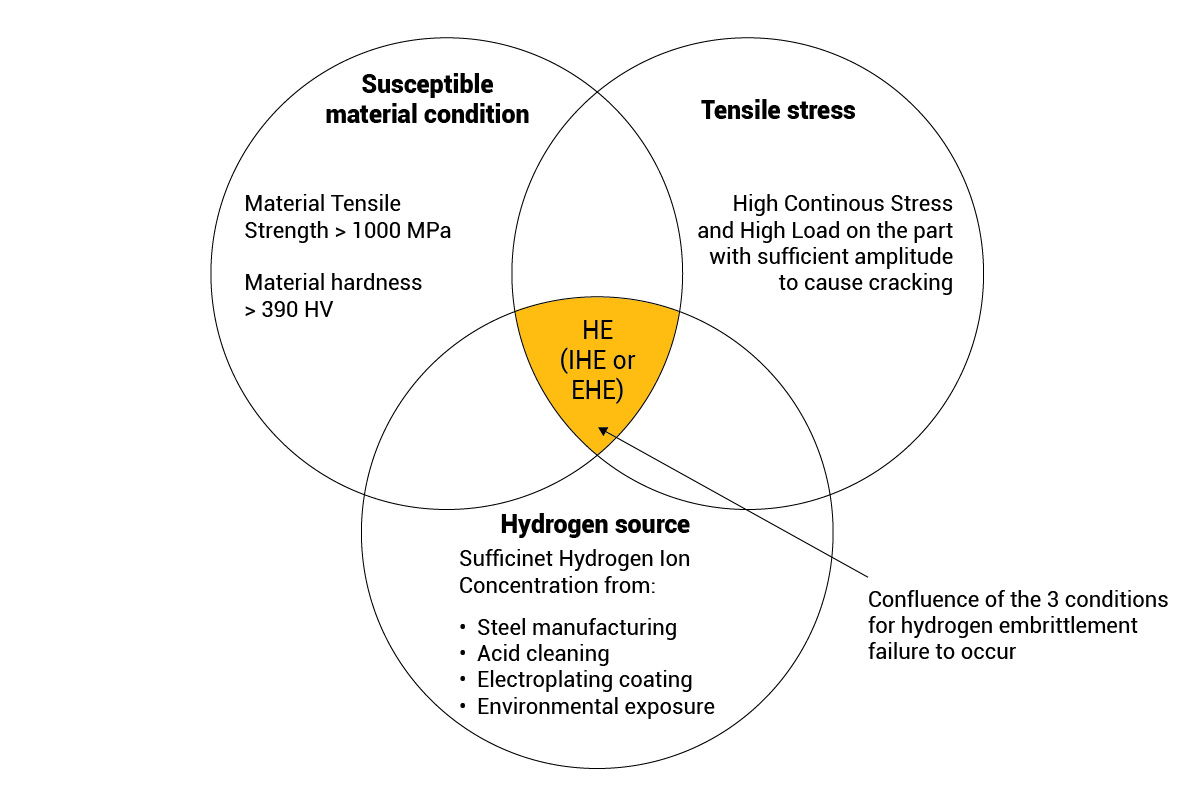
Still have doubts? Let us help you to reduce the risk
How does the hydrogen embrittlement process happen?
Hydrogen embrittlement typically occurs through a 3-step process:
1. Hydrogen absorption: At room temperature, hydrogen atoms can be absorbed by carbon steel alloys during various processes, such as manufacturing process related to acid cleaning, electroplating or exposure to hydrogen-containing environments.
2. Diffusion: The absorbed hydrogen atoms are highly mobile and can diffuse to the areas of highest stress, such as grain boundaries, dislocations, inclusions,… The hydrogen forms voids at the metal grain boundaries. The result of the diffusion of hydrogen into the material is a loss of ductility, making it more brittle and more susceptible to cracking.
3. Embrittlement: Given enough time, when the screw is exposed to high tensile stress, these voids exert additional pressure on the metal grains, forming initial cracks that grow along weakened grain boundaries until the screw finally breaks. This process is known as intergranular cracking.
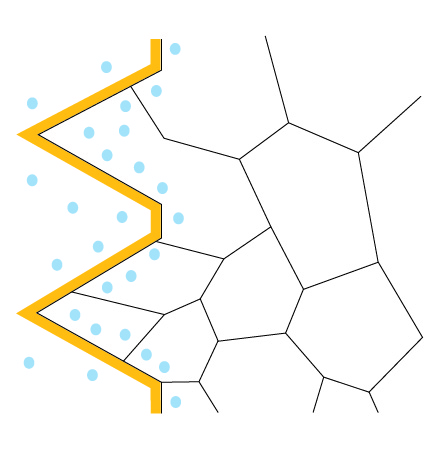
1. Hydrogen absortion
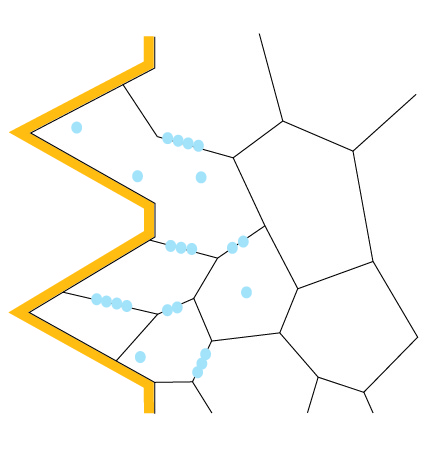
2. Hydrogen in preferential sties like grain boundaries, dislocations or impurities
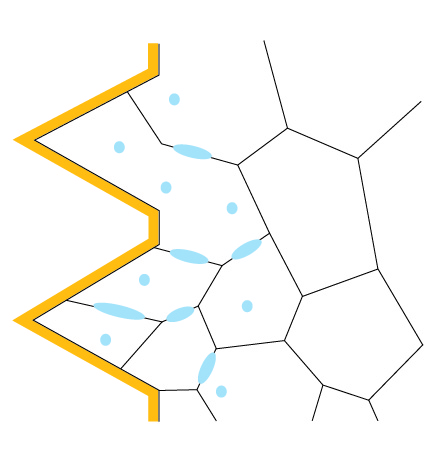
3. Attacks growth and leads to craking under stress
When a crack is initiated under tensile stress, there is a high concentration of stress at the tip of the crack. If a sufficient quantity of hydrogen is available, it interacts with the crack tip and initiates crack propagation. Please refer to the image below.

How to minimize the risk of internal hydrogen embrittlement of a screw?
Hydrogen embrittlement may not be visible or predictable. Although manufacturing processes are optimized to minimize the risk of hydrogen embrittlement, there is no production method that can guarantee its complete elimination.
- The standards for electroplated screws, ISO 4042 and ASTM F1941/F1941M, classify fasteners requiring a mandatory baking process as those having a minimum specified hardness above 390 HV. The baking process is specified by ISO 4042 at a temperature ranging from 190°C to 230°C for up to 24 hours (depending on the size, strength, and hardness of the screw). While this process will not completely eliminate internal hydrogen embrittlement, it greatly reduces the risk.
The electroplating process generates hydrogen, which can be absorbed by the screw. The objective of the baking process is to extract as much hydrogen as possible through effusion and trap the remaining hydrogen in the steel structure to immobilize it. This reduces the quantity of mobile hydrogen that causes hydrogen embrittlement.
- For screws with a high risk of hydrogen embrittlement in applications with high mechanical requirements, it is recommended to use organic coatings in which no electrolysis process is conducted during the coating process.
How CELO can help to prevent hydrogen embrittlement in your assemblies
Hydrogen embrittlement failure happens unpredictably. Efforts to prevent it must be done during the design and manufacturing phase.
CELO's Application Engineers can help our customers to prevent hydrogen embrittlement failure in their assemblies by:
- Recommending the material with less susceptibility to HE
- Optimizing joint design to reduce tensile, shear and bending stresses
- Selecting the most suitable coating for the screw that meets your corrosion requirements and reduces the risk of hydrogen embrittlement in your assemblies.
Many popular coatings like zinc plating (ASTMB633) create a barrier around the screw that does not allow hydrogen to easily diffuse out of the screw. More porous coatings will ensure greater hydrogen diffusion, minimizing embrittlement risks.
We know how to help you
Our applications engineers can help you to decide for the best coating that meets the corrosion requirements.
TEST for detection hydrogen embrittlement
International standard ISO 15330:1999 describes the procedure to detect the occurrence of hydrogen embrittlement of screws at room temperature. The purpose of this test is to introduce a level of stress that can accelerate the embrittlement process and reveal and susceptibility to hydrogen-induced cracking.
At CELO, we conduct this test in our laboratory. It should be ordered in advance and requested during the screw definition process.

